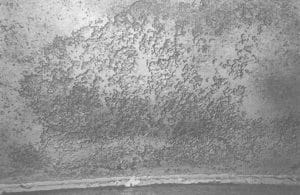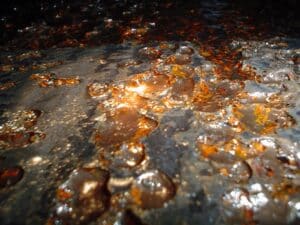Newsroom - Jul 21, 2022
How to Prevent Opportunity Crude Corrosion
Many oil and gas companies are looking into crude diversity to maintain a competitive advantage, as the environmental regulations are tightening and oil prices are rising. These crudes are hard-to-process, poor-quality, and generally include heavy sour grades, oil sands, and other impurities.
Process equipment is designed to refine crude oil products with a defined composition, these will now face new corrosion mechanisms from opportunity crudes, which can cause significant corrosion damage to downstream processing equipment such as process vessels, desalters, drums, and other equipment.
Corrosion Challenges
There are different causes of corrosion associated with opportunity oil refining. In refineries, the most common forms when processing crude oils are sulfuric acid corrosion, hydrochloric acid corrosion, and naphthenic acid corrosion. Revised corrosion mitigation strategies must account for the differences between the old and new damage mechanisms, for the as set base material and cladding (if installed).
A metallurgy upgrade is required to protect the existing equipment base material and pressure boundary from corrosion and potential asset integrity failure.
Developed by corrosion mitigation specialists Integrated Global Services (IGS) in the early 2000’s following decades of field application experience, HVTS is designed to protect the base metal in high corrosion environments and involves the on-site application of a non-porous high nobility metal alloy cladding. This application upgrades the metallurgy of the base material, protecting the asset from the new operating environments. Since the early 2000s, HVTS has been successfully installed, and the performance verified through inspections, in hundreds of critical O&G process assets over thousands of square meters of internal surface.
The application process is significantly faster than welding, and there are no thermal stresses imposed on the base material during the application process; effectively, the application is a cold process for the substrate. Furthermore, HVTS doesn’t create a Heat Affected Zone (HAZ) and, therefore, will require no post weld heat treating (PWHT), saving more time and putting your equipment under less stress.
On-Site Cladding for Crude Processing Equipment
Our ability to protect process equipment and minimize production losses are critical drivers for O&G facilities to adopt the technology. The use of the IGS 5XXX HVTS cladding process is often deemed more economical when compared to weld metal overlay due to shut down critical path time sensitivity.
One case history showed that the cost of a weld metal overlay solution would have been approximately $12MM more than the cost of the IGS 5xxx HVTS application, thus saving the plant a considerable amount of money on the corrosion barrier installation. In another case, cost savings of approximately $10MM are realized over a four-year period versus an organic coating solution due to reduced outage time related to repairs, inspection, and turnaround time savings of repeated re-application/repair of the previous fragile organic system. This calculation is derived from the expected duration of the repair/replacement of the organic coating at the inspection intervals and further maintenance due to recurring corrosion. As similar scope was performed on three other vessels in the turnaround, the use of the IGS HVTS corrosion barrier maintenance approach shaved three days off the critical path schedule with an overall saving for the client of $75MM.
For More Advice on Preventing Opportunity Crude Corrosion
Contact an IGS subject matter expert today



